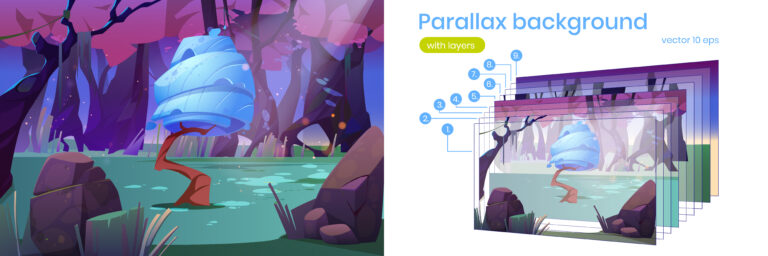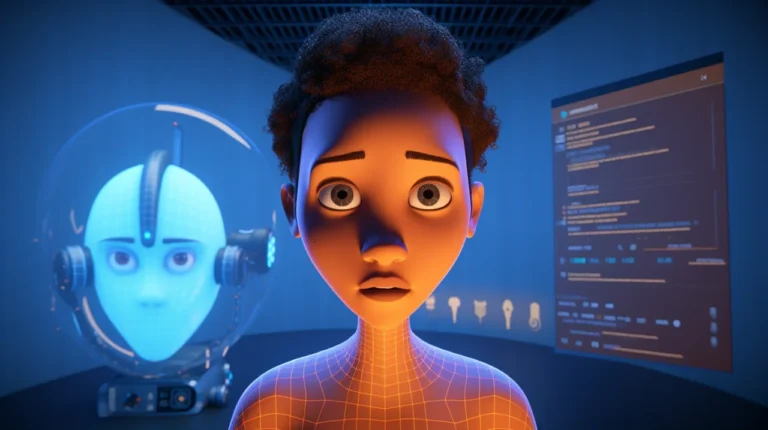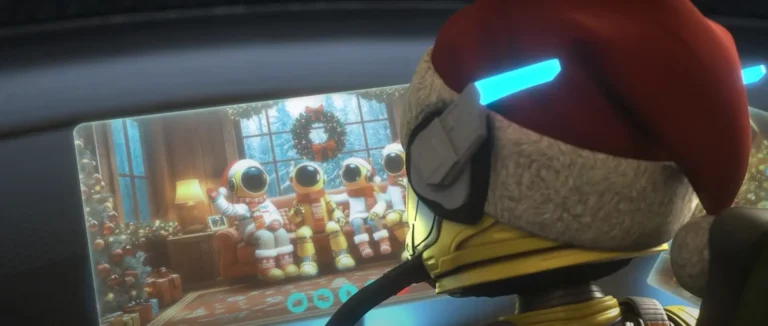Have you ever wondered what goes into creating a beautiful 3D sculpture? 3D sculpting is a digital art technique that allows artists to create three-dimensional models by manipulating virtual clay, mimicking traditional sculpting methods. 3D digital sculpting is quickly becoming a popular art form for both professionals and hobbyists.
In this blog, we’ll explore the world of 3D digital sculpting – a growing art trend, transforming sculpture as we know it. Read on to learn more about the tools and techniques used in this incredible form of digital art!

Need 3D Animation Services?
Visit our 3D Animation Service page to see how we can help bring your ideas to life!
What Is 3D Sculpting?
An item can be treated as if it were a real-life model made of clay using tools provided by 3D sculpting software, which offers additional capabilities beyond the standard 3D modeling features. 3D sculpting software enables you to add details to models that would otherwise be challenging or impossible to make using conventional 3D modeling techniques, as a result, it is no wonder that graphic artists, gamers, and producers of CG (Computer Graphics) are so fond of it.
With the aid of a top-notch sculpting tool, you may also produce results that are photorealistic and hyperrealistic and are used in the film and animation industries. Depending on the complexity levels and the artist’s technical abilities, a successful computer-sculpting project can be finished in a matter of minutes or may require a significant amount of time.
Examples of 3D sculpting services and game design include the characters and creatures in the film “Avatar,” the video game “Uncharted 4: A Thief’s End,” and the mobile game “Clash of Clans.” All of these projects utilized 3D sculpting and animation techniques to create highly detailed and realistic models that were used in the final product. You can also create a masterpiece by getting professional in 3d art styles beside all other skills.
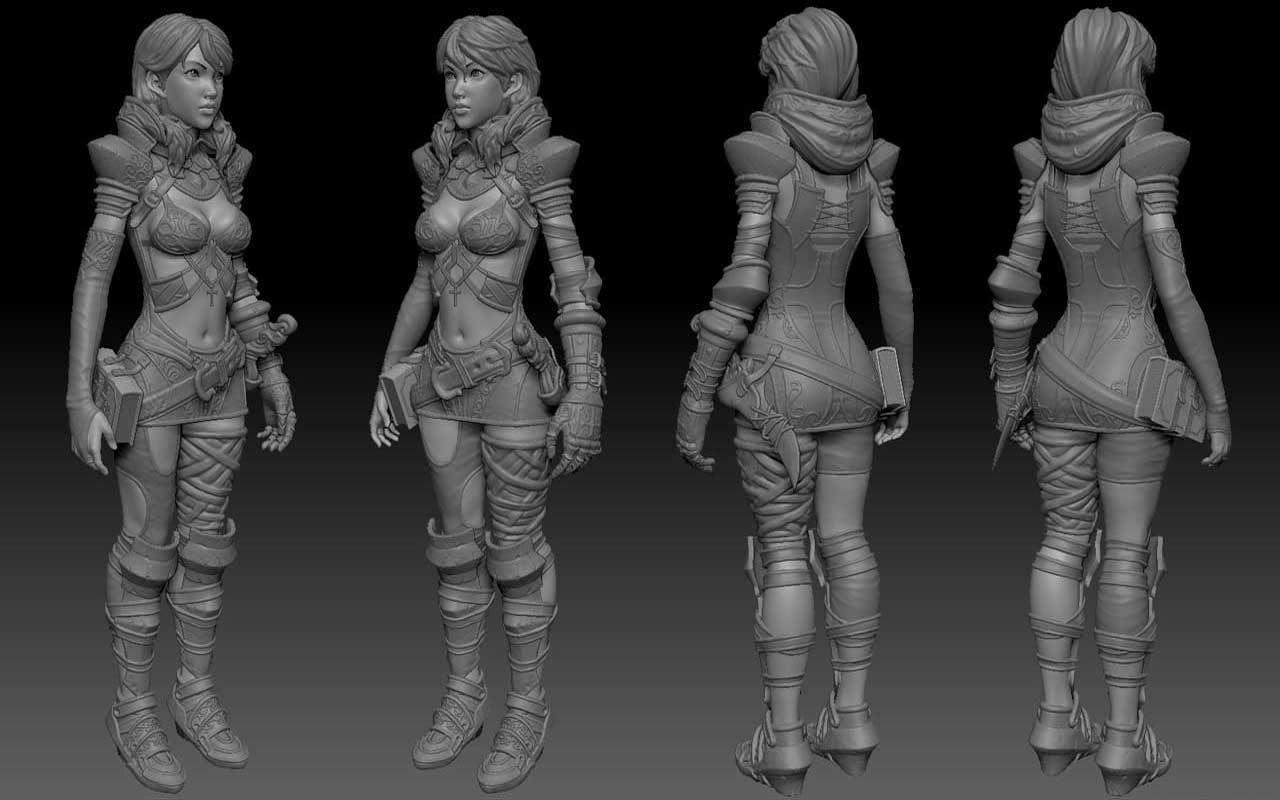
The Process of 3D Sculpting
Multiple layers are carved throughout the digital sculpting process. A three-dimensional sculpture is carved in the first and second steps. Starting with a Sphere, it can be customized to meet specific requirements. Pushing, pulling, smoothing, grabbing, or pinching the model to give it its final shape are the most straightforward actions you can apply to it. Each sculpting application uses a distinct geometry to describe the model, each with its own advantages and disadvantages. Some of the applications employ voxel-based geometry, mesh-based geometry, or even a combination of a few fundamental geometry representations. After 3D object’s geometry is created, the model should go to the next steps, such as color, texture, and other elements (including 3D rigging, animation, and VFX) are added.
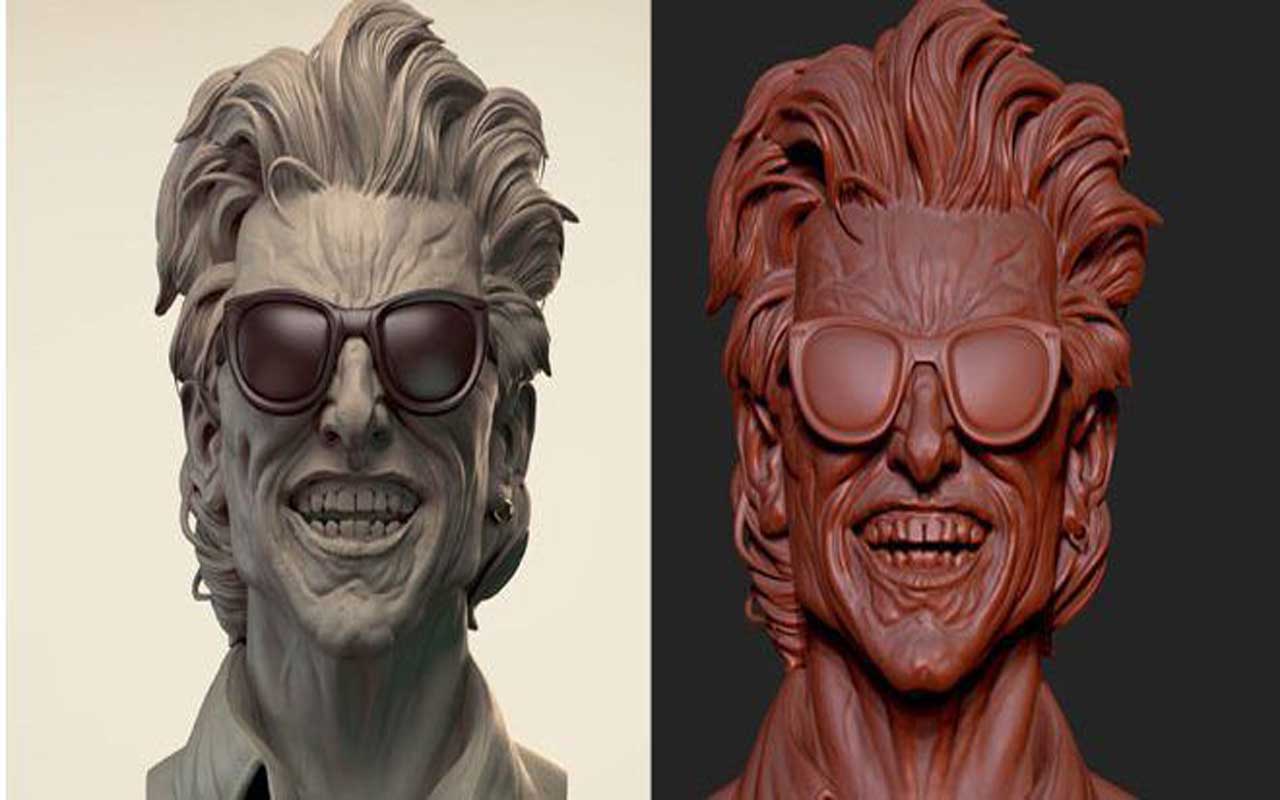
Digital Sculpting Steps
Digital sculpting is a multi-layered technique, just like traditional sculpture. Amateur painters can begin by brushing their concepts with simple modeling techniques. If you’re just starting out, start with a basic sphere form. The choice of tool is crucial; as a result, use a tool that makes it simple to change the sculpture’s geometry. The shape geometry can be molded, pulled, pushed, and twisted in any direction using special tools for 3D sculpting. Even more, geometry can be added to the design by using the right tool for the task at hand. The first layer will define your basic structure and features, such as your mouth, nose, and tricep curve. This process is known as “blocking.”
Looking for a studio or someone to make 3D animation movies for you? The solution Is all yours, and it is Poland animation studio.
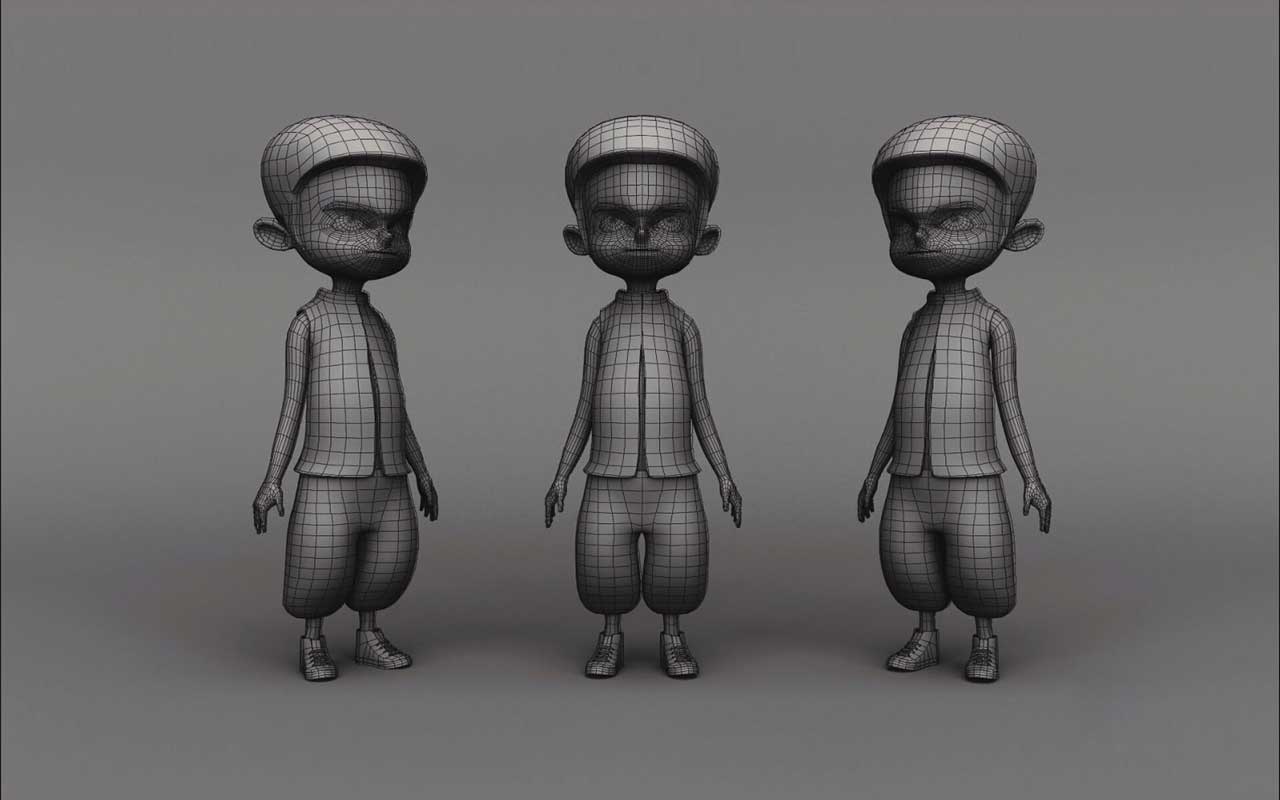
Once the artist is pleased with the basic shape, it’s time to add silhouettes to create geometric subdivisions and add the right kind of details. Because the project will eventually progress more slowly with each subdivision as processing needs increase, digital sculpture takes a lot of computer resources and powerful processing power. Therefore, layer-by-layer work must be done using a blocking process. After subdivision, the sculpt enters the detailing phase, when even the smallest flaws, such as scars or pimples, can be added to make the 3D model appear more lifelike.
What is Digital Sculpting Used For?
Nowadays, the majority of television shows and films employ captivating visual effects that are chock-full of 3D sculptures that are either static or animated. Digital sculpting is required in many creative projects. During the conception phase, concept designs are revised into 3D sculptured shapes. This helps the director envision how the character will act and creates the character’s ultimate look. You get to know the concept art process for video games first.
One of the most important aspects of 3D sculpting for animation is creating believable and expressive characters. This requires a high degree of attention to detail, particularly when it comes to the face and hands, which are key areas for conveying emotion. Artists will often spend a significant amount of time sculpting and detailing these areas to ensure that the final character model is as expressive as possible.
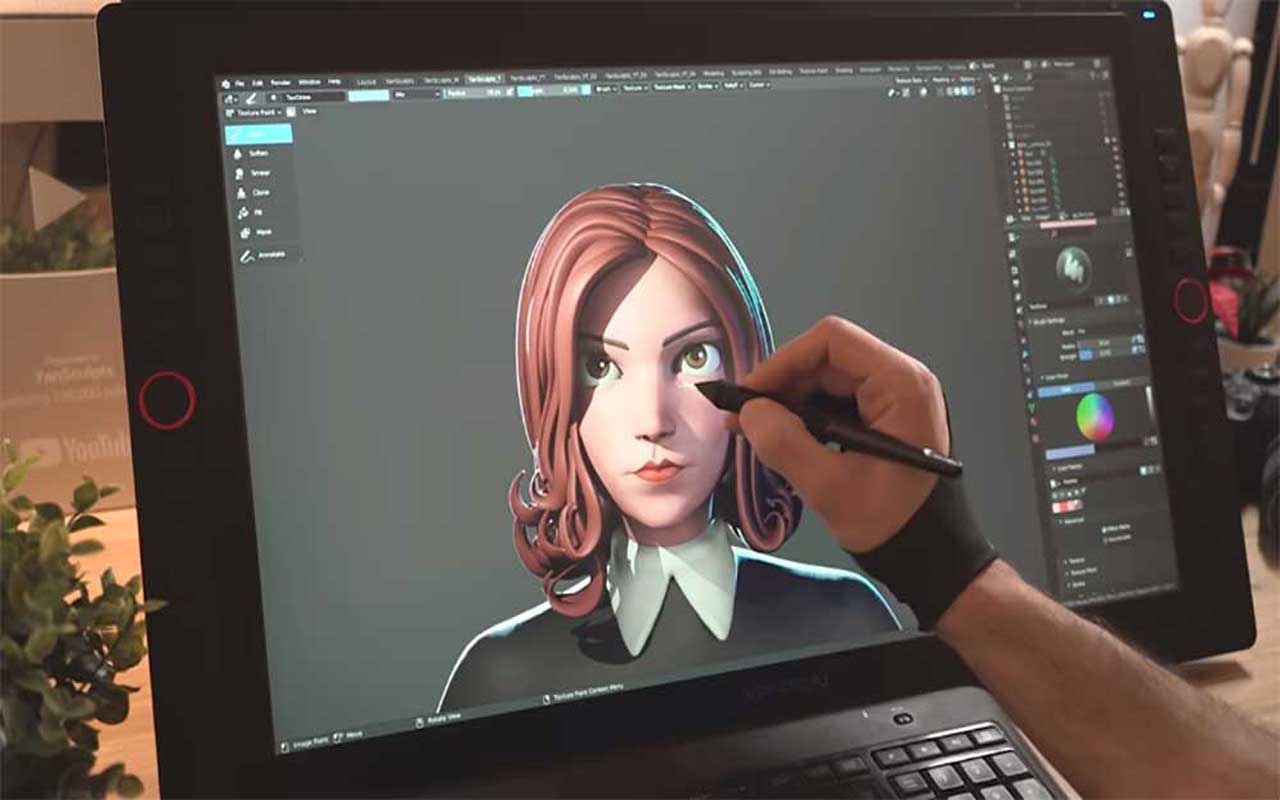
In addition to characters, 3D sculpting is also used to create detailed models of environments, such as landscapes and buildings. These models can be used as backgrounds for animation, or as the setting for a game. It is also applied in the toy industry and 3D printing. In brief, digital sculpting is used as the following:
- In motion pictures and television shows that extensively rely on visual effects or 3D animation.
- A digital sculptor is also required at certain points in the creative process.
- During the conception stage, a sculptor turns concept sketches into 3D sculptures. The filmmaker can utilize this to gain a sense of the character before deciding on a look and feel and making modifications.
- Once the design is chosen, a model will be given to a digital sculptor for refinement.
- The creation of realistic 3D worlds and characters requires this approach. For a realistic result, the sculpt texture will be applied to the finished and rendered model.
- This technique helps make digital animals look more lifelike.
- Sculpting is used in high-end game design as well.
- The majority of game objects must be optimized to have as few polygons as feasible in order to compress the size of the game and decrease its overall size.
- Using a texture map from a digital sculpt allows for the highest level of detail to be captured with the fewest number of polygons.
- It is even used in the jewelry industry. ZBrush allows you to create natural shapes with perfect curves, yet also include all the subtle variations which can give your model a sense of being handmade.
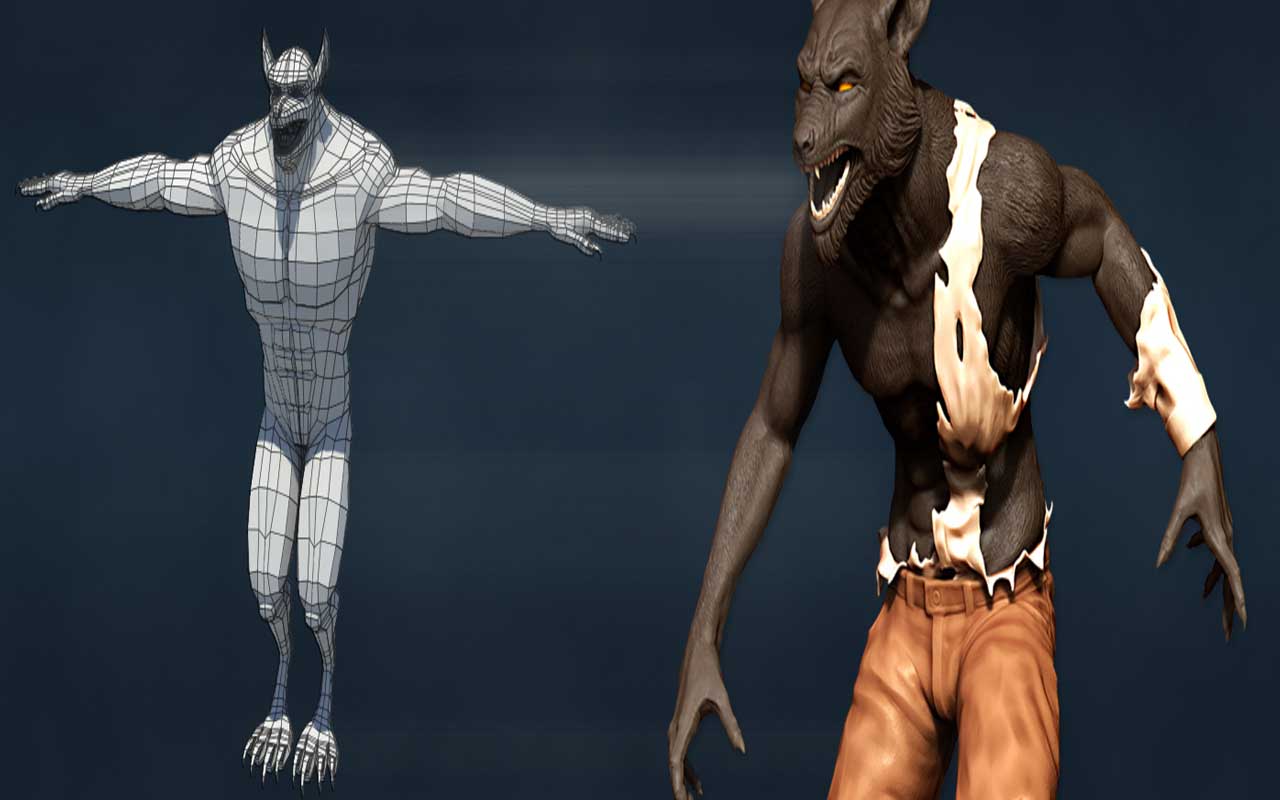
Read More: Top 13 Drawing and Sculpting Games
Digital Sculpting Software Tools
The Best 3d Digital Sculpting Software Tools
For a digital sculpting project, you can pick between two categories of software. Either mesh-based geometry or voxel-based geometry can be used. So what actually makes a difference? Let’s dive in!
Voxel-based Geometry | Mesh-based Geometry | 3D-Cost | Blender |
|---|---|
ZBrush | ZBrush |
MagicaVoxel | Cinema 4D |
– | Mudbox |
Voxel-based Geometry 3D Sculpting Software
A distinct method is provided by voxel-based geometry, in which the volume is truly a fundamental component with addable and removable materials. Simple enough: using this technique to create your digital sculpture gives you complete artistic flexibility. Low-detail work is dangerous because it carries the risk of obliterating finer details. Today, there is an abundance of digital sculpting software on the market. You must, however, be certain that the one you choose is the perfect fit for your project. Through complex computations, several of these systems produced polygon meshes that could be manipulated like clay. SelfCad can be used to this end.
3D-coat is also one of the software programs used for this purpose. 3D-Coat is an extremely well featured package. It can do both volumetric and surface based 3D sculpting, re-topology, UV unwrapping, per-pixel texture painting, etc.

Mesh-based Geometry 3d sculpting software
A mesh-based geometry is made of a surface mesh of joined polygons that can be pulled or pushed together. The ability to alter the mesh at different levels of detail is one of its advantages. For instance, smaller polygons may be used in portions needing fine detail while larger polygons may be used in other parts. There are many 3D sculpting programs on the market, including SelfCAD, ZBrush, Blender, Cinema 4D, Mudbox, etc. Which one should you pick, though? Which of the following 3D sculpting programs—ZBrush, Blender, Cinema 4D, or Mudbox—should you choose? Keep in mind that 3D sculpting might not be for everyone and that producing truly superb, photorealistic models might require some work.

Popular 3D Sculpting Programs
ZBrush is the most popular and often used sculpting program. It is a front-runner in the 3D industry due to its user-friendly tool and simple connection with 3D software.
A close rival, Mudbox is more well-liked among beginners. Although ZBrush has a more gradual learning curve, it does not offer the same brushes and toolset. Additionally, Mudbox works well with 3DsMax and Maya from Autodesk. The firm that developed ZBrush also produced Sculptris, a free sculpting application. Even a newbie with no prior 3D knowledge can easily use it because it is so intuitive.
Blender is another possible application for 3D sculpting. Blender significantly streamlines the process of moving from idea research to final model production by providing the sculpting and polygonal modeling toolkits side by side. You can uncover the fun of using Blender’s built-in sculpting features to create organic subjects.
Since the toolset is fairly basic, you should consider upgrading to a more complex application after you reach a particular level. However, there are several options available. For 3D artists to express their creativity more fully in their work, 3D sculpting is the ideal medium.
Similar to a traditional sculptor, a talented digital sculptor may manipulate digital geometry, which is essentially synthetic clay that imitates organic shapes. You can do that using any reliable sculpting application. Additionally, these methods make it possible to achieve degrees of detail that are unattainable with 3D modeling alone.
There are also applications available on mobile phones which can help you out in this process easily. Nomad Sculpt is one of them. It is a 3D modeling, texturing, and rendering app for iOS and Android. In Nomad, you can build models with up to millions of polygons, just like modeling clay. It has real-time rendering capabilities and makes use of PBR-based texturing. There are also 11 best 3D modeling software programs to lead you through this.

Pros and Cons of Using Digital Sculpting
3D sculpting can either succeed or fail depending on how you use it. You can spend days working on it with little progress, or you might obtain the model of your dreams in a matter of hours. You should be aware of the benefits and drawbacks of this strategy to make the most of your time:
Pros of Using Digital Sculpting:
- Ideal for making organic objects
- wide latitude for modifying
- The object adding delicate features is simple
- Corrections can be made instantly
- Frequently quicker than modeling
Cons of Using Digital Sculpting:
- Unsuitable for even geometry and forms
- Needs a unique set of abilities
- Learning to curve might be challenging.
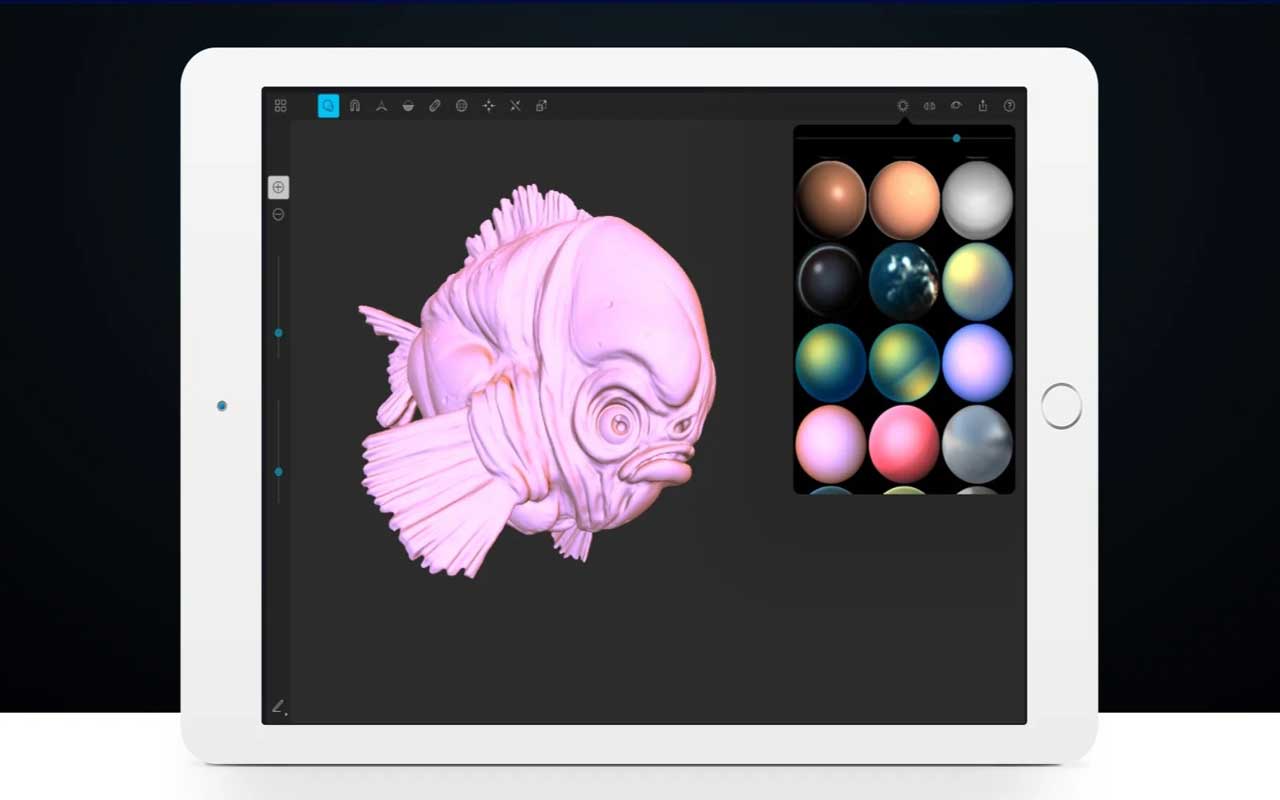
How Is 3D Sculpting Different From Poly Modeling?
3D sculpting and poly modeling have different use cases, and both of them are good. They each are separate things. It’s not like sculpting isn’t superior for making cars and like poly modeling isn’t necessarily superior for making characters, it’s all about finding the right tool for your work.
The main difference between poly modeling and sculpting is that when you are sculpting, you are separating out the design phase and the topology phase, so first you’re making sure that your design is fine. To be more clear, you make sure the shapes are all exactly the way they should be, and then you go in and refine the topology later on and that’s the difference between poly modeling and sculpting. Poly modeling is something you’re doing concurrently, right?
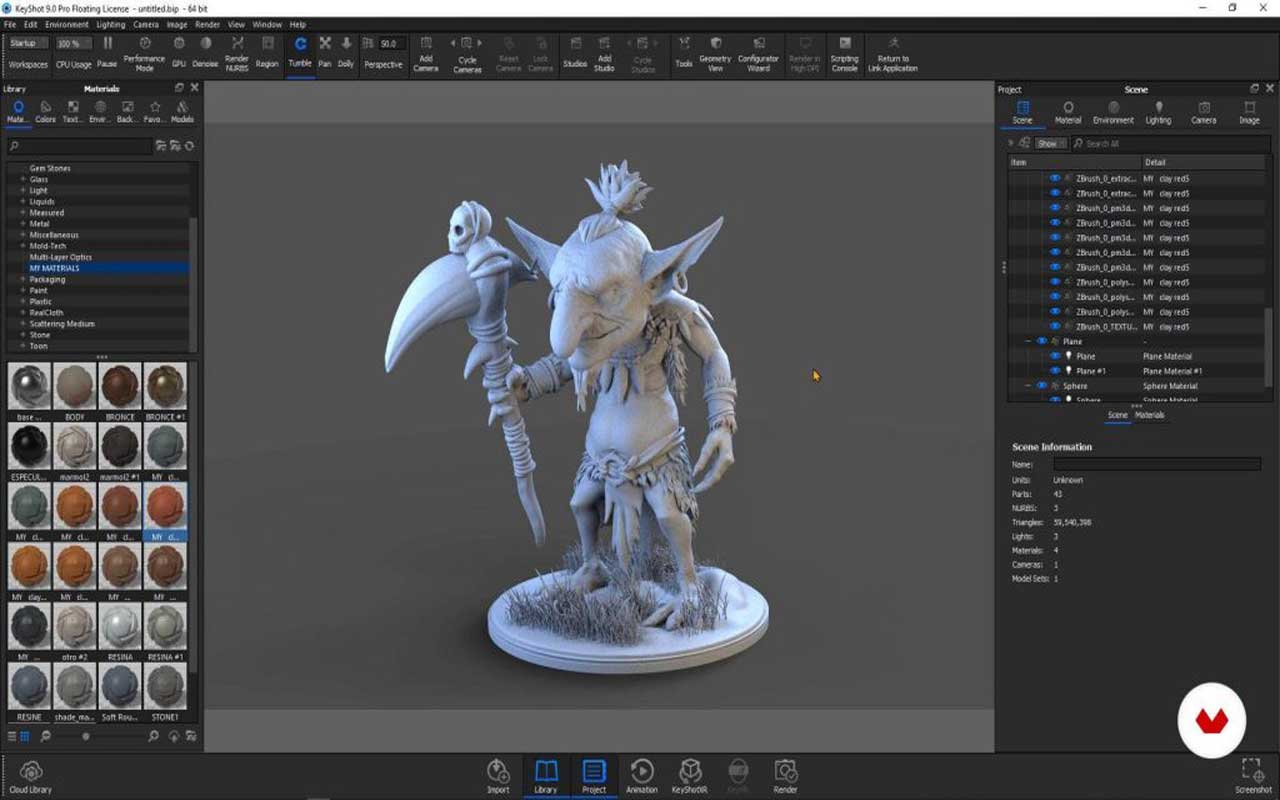
Accordingly, as you block in the design, you will also block in the face and all the major loops. This is fantastic for some projects, like when creating a car model with precise blueprints. You should poly model the model first so that you may block it in with polygons and then fine-tune the design. Making anything from references is a fantastic idea, especially when making props.
The primary difference between poly modeling and sculpting is that the former focuses on direct lines of vertices, edges, and polygon mesh, while the latter focuses on indirect lines of vertices, sub-object level, and shaping of a huge mesh, such as a sculptor.
The fundamental building block of all 3D applications is 3D modeling. With it, you may use polygons, mostly triangles and squads, to design and alter any digital object. The polygons are often multi-sided with flat surfaces, arranged in a 3D mesh to generate a 3D image. You can create 3D models using vector points, lines, and shapes since organic shaping is impossible. It is thought to be the ideal method for making angled objects like a table or chair because of its somewhat geometric appearance.
3D sculpting, on the other hand, resembles an organic process more. Here, the artist manipulates an object’s polygonal mesh using tools that resemble brushes. Tools are typically created with a gentle nature because the work requires a soft touch. With it, you can concentrate on making things with softer edges.
Although it is possible to make angled objects, doing so will take more time than modeling allows. In addition, digital sculpting gives artists the ability to add amazing textural elements to their subjects. As meshes are relatively complex, it is typically done by retopologization before using that in another application.
Additionally, 3D modeling and sculpting can be employed in tandem at times. For instance, you must have your sculpt modeled before you can create it for animation projects. The sculpture will receive the completed model and add the finishing touches.
Finally, by employing a simple, low-resolution model, the animator may execute the appropriate animations. We guide you through becoming an outstanding animation modeler. Having progressed in different terms, sculpting is going through a journey in line with technological changes. VR Sculpting is one of the topics serving as the technological progress result.
VR Sculpting
Digitally modeling 3D objects in a virtual reality environment while using VR controllers to move the cursor in all six directions rather than a mouse and keyboard is known as VR sculpting.
You may experience lifelike sculpting in a fun and peaceful environment with virtual reality. The immersive 3D environment can also help you design faster since it improves your understanding of space and perspective and makes it easier to use tools and brushes. Employing VR sculpting, you can maintain a high control over topology with features such as decimate, subdivide, voxel remesh, regularize, and the optional dynamic topology mode. Here are several awesome videos and images of VR sculpting to spark new ideas for you.
Final Words
If you’re new to the world of digital sculpting, we hope this article has served as a helpful guide. 3D sculpting is a crucial tool for animation and game development, allowing artists to create highly detailed and realistic models that are used in the final product. Whether it is creating expressive characters or detailed environments, 3D sculpting plays a vital role in bringing digital worlds to life. Make sure to leave a comment if you get any questions regarding the whole process.
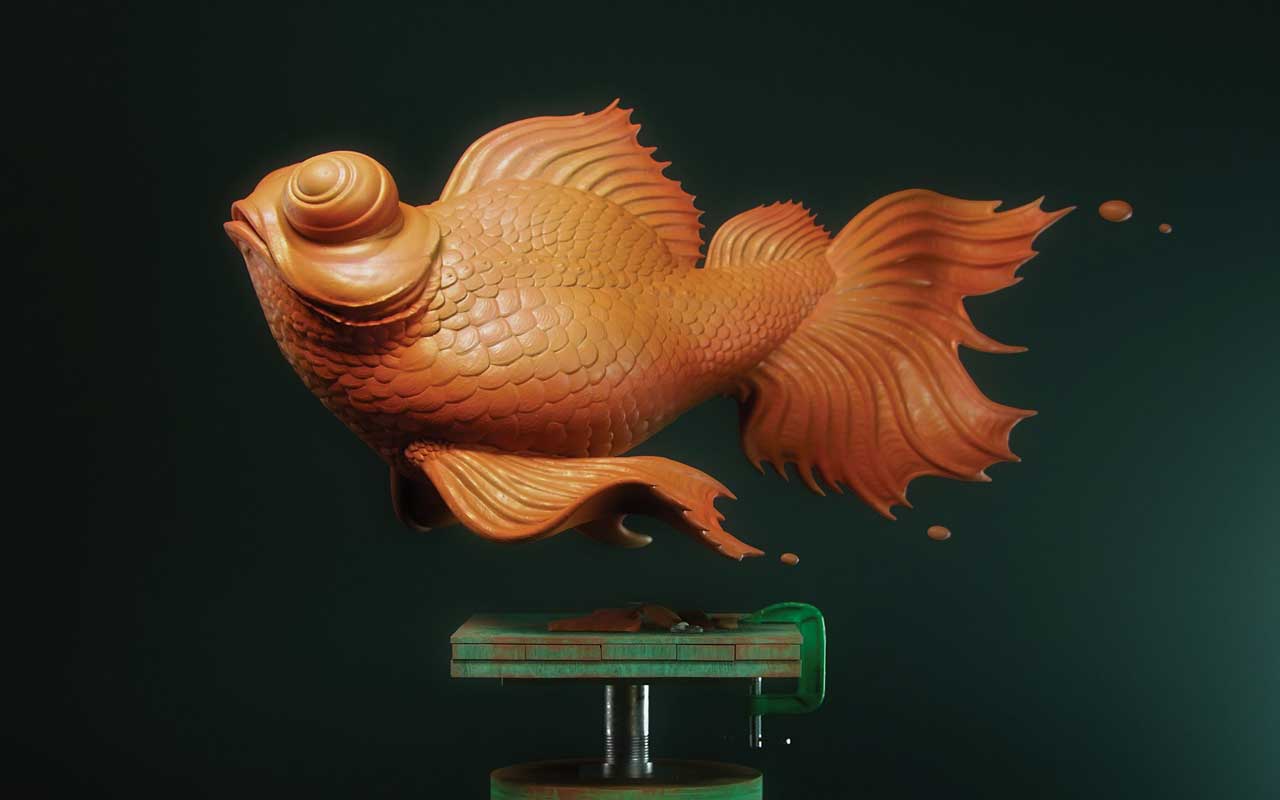
Pixune Creates Sculpting with a Passion for Quality
If you lack the experience, time, or resources to create your own sculpted models, You may rely on our assistance to produce as many models as you require with the level of detail that suits your needs and preferences because our studio offers a wide range of digital sculpting services. Our services include:
1. 3D character sculpting, which is the most popular and in-demand service around today.
2. Hard surface sculpting in order to add great detail and irregular textures/features to the assets.
3. Props, which can be created alongside 3D body sculpting.
4. Creating digital sculpting for your products.
Even if you’re looking for training or high-quality assets, make sure to stop by Pixune Studios! Our experts are more than prepared to fulfill your vision because they have in-depth knowledge of everything that is relevant to 2D/3D art.




